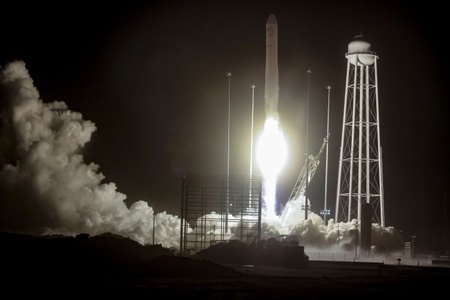Space Launch
Northrop Grumman has been at the forefront of Space Launch technology for decades, conducting nearly 100 space launch missions and boosting hundreds of payloads into space.
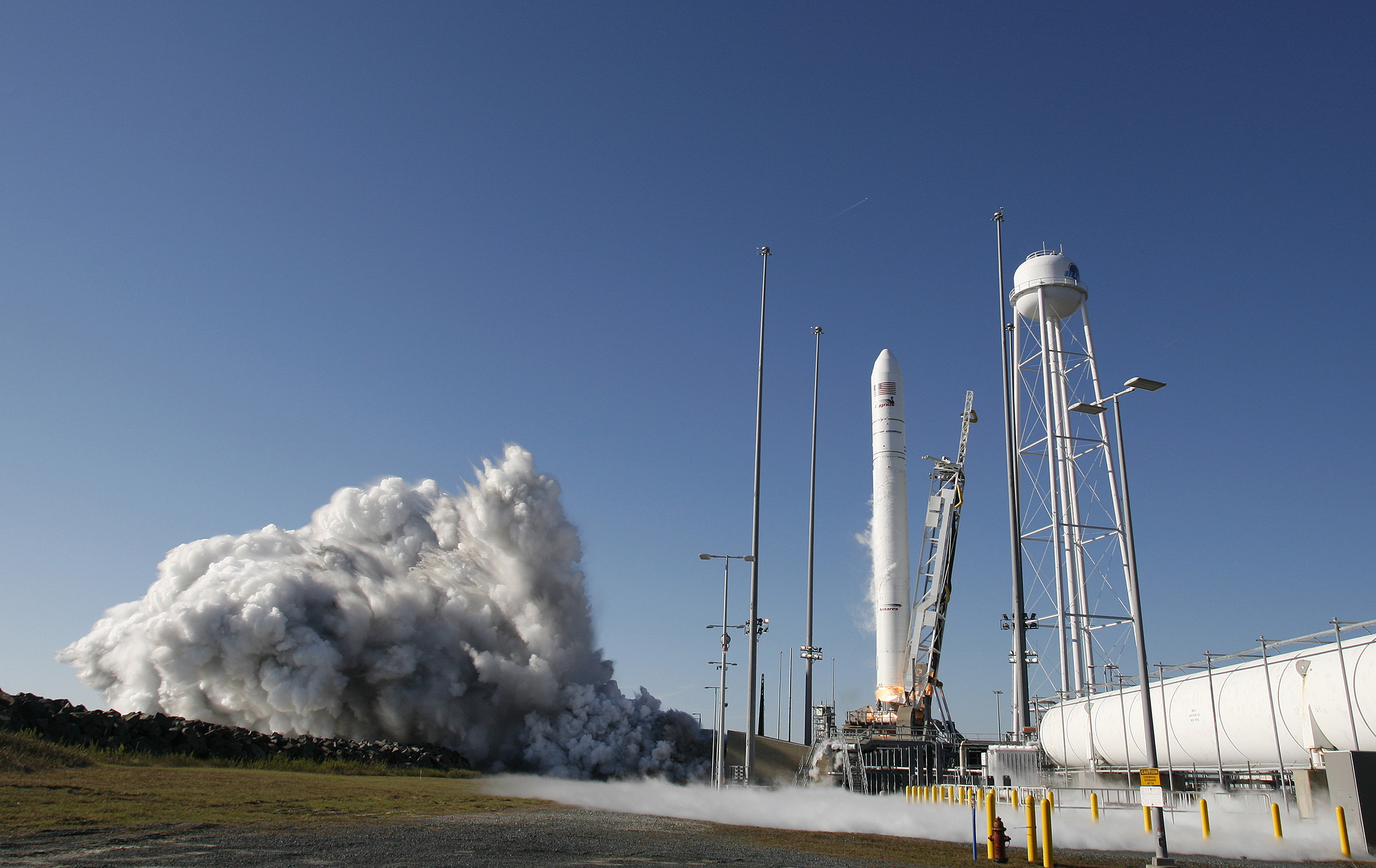
Northrop Grumman built the world’s first privately-developed space launch vehicle. Since then, we have conducted nearly 100 space launch missions with our Pegasus®, Minotaur™ and Antares™ space launch vehicles, boosting hundreds of satellites into space.
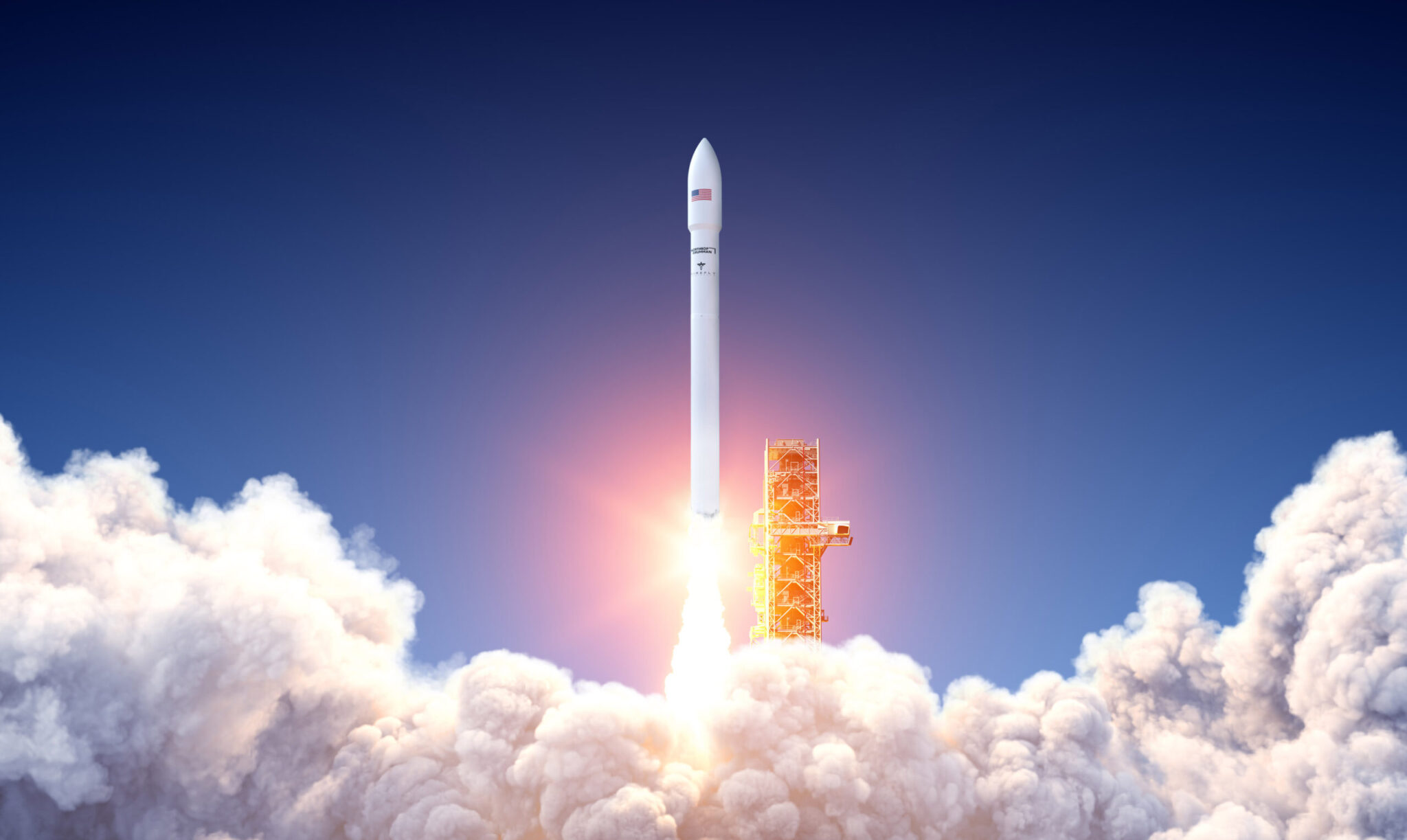
Medium Launch Vehicle
Northrop Grumman and FireFly are co-developing a new medium launch vehicle (MLV) that combines the best flight-proven technologies, systems, and mission experience from both companies to fill a void in the underserved medium-lift market. Carrying more than 16,000 kg to low Earth orbit, MLV serves commercial, civil, national security, and international launch markets with competitive pricing to customers’ preferred orbits.
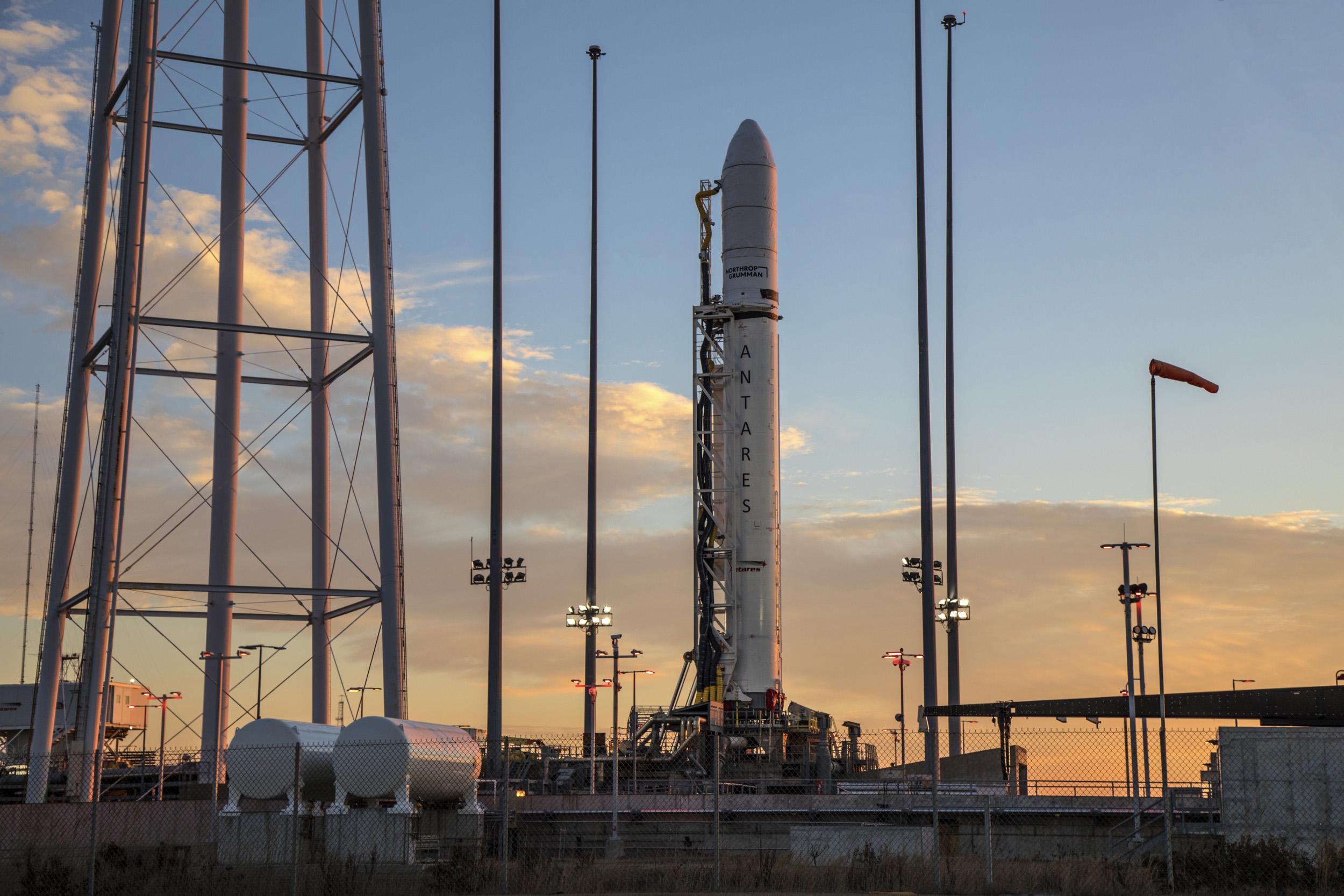
Antares
Designed to provide responsive and low-cost access to space, the Antares rocket is a two-stage vehicle that provides low-Earth orbit (LEO) launch capability for payloads weighing up to 8,000 kg. The rocket’s upgraded design features newly-built RD-181 first stage engines to provide greater payload performance and increased reliability.

Pegasus
The three-stage Pegasus rocket is used to deploy small satellites weighing up to 1,000 pounds (454 kg) into low-earth orbit. Pegasus is carried aloft by our Stargazer L-1011 aircraft to approximately 40,000 feet over open ocean, where it is released and free-falls for five seconds before igniting its first stage rocket motor. With its unique delta-shaped wing, Pegasus typically delivers satellites into orbit in a little over 10 minutes. First flown in 1990, Pegasus has conducted 45 missions launching nearly 100 spacecraft.
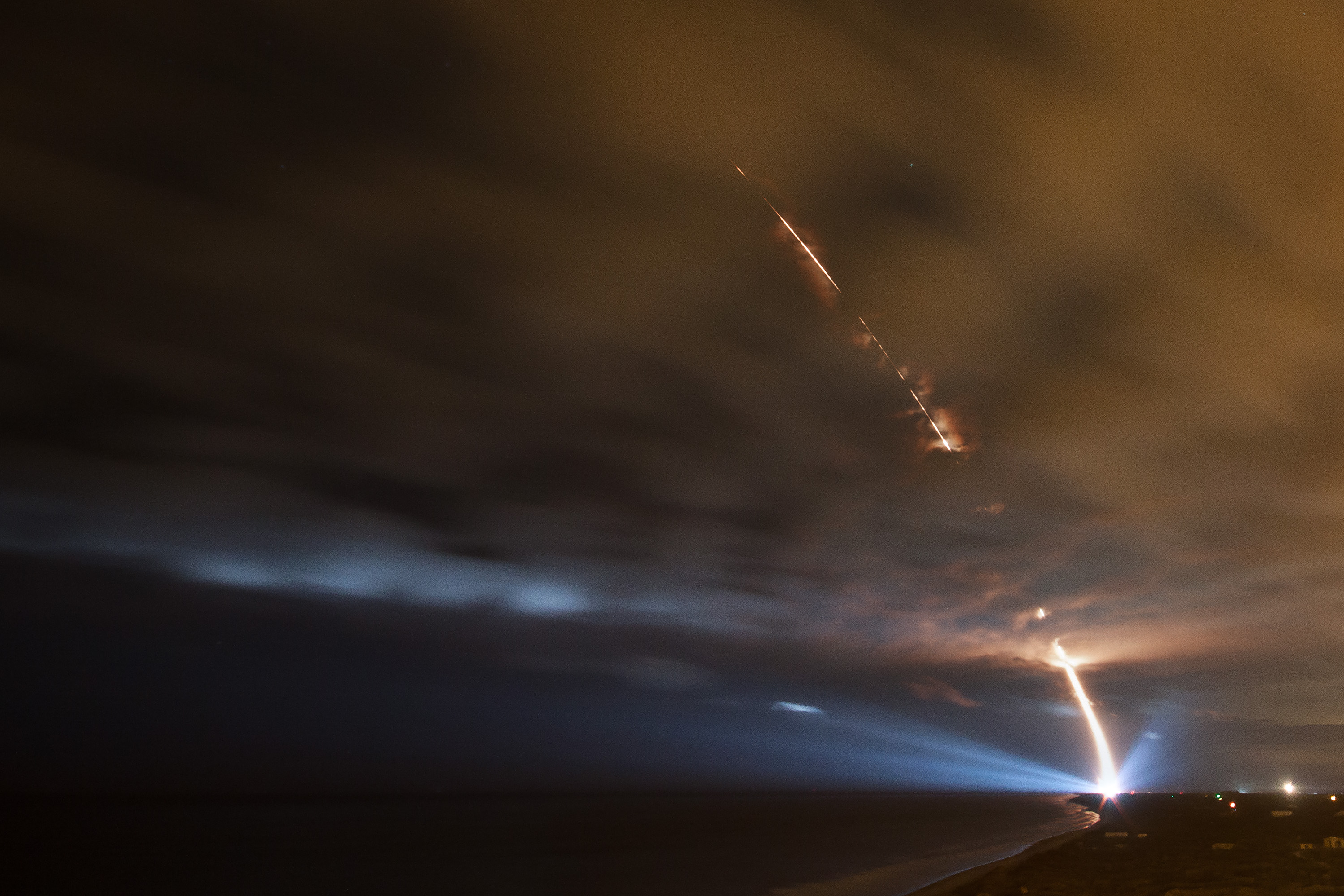
Minotaur Rocket
Under the U.S. Air Force Orbital/Suborbital Program-3 (OSP-3) contract, Northrop Grumman integrates, tests and provides space launch services for the Minotaur I, IV, V, VI and C family of rockets.
Employing a combination of U.S. government-supplied rocket motors and the company's proven commercial launch technologies, the Minotaur rocket family provides low-cost and reliable access to space for government-sponsored payloads. To date, our Minotaur rockets have completed 28 missions out of every major U.S. spaceport, demonstrating the vehicle's unique versatility and reliability.
Space Launches in the News
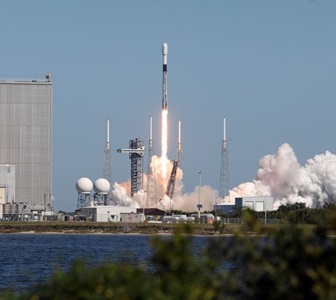
Northrop Grumman’s 20th Cargo Resupply Mission Successfully Launches to the International Space Station for NASA
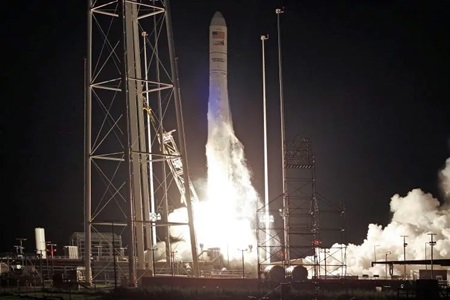
Northrop Grumman’s NG-19 Launch Marks 10 Years of International Space Station Cargo Resupply Missions
